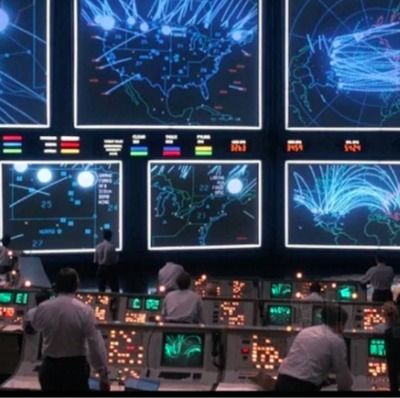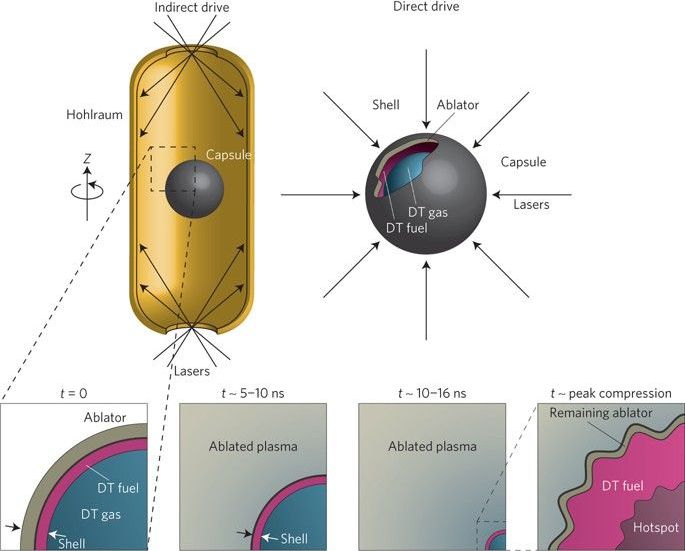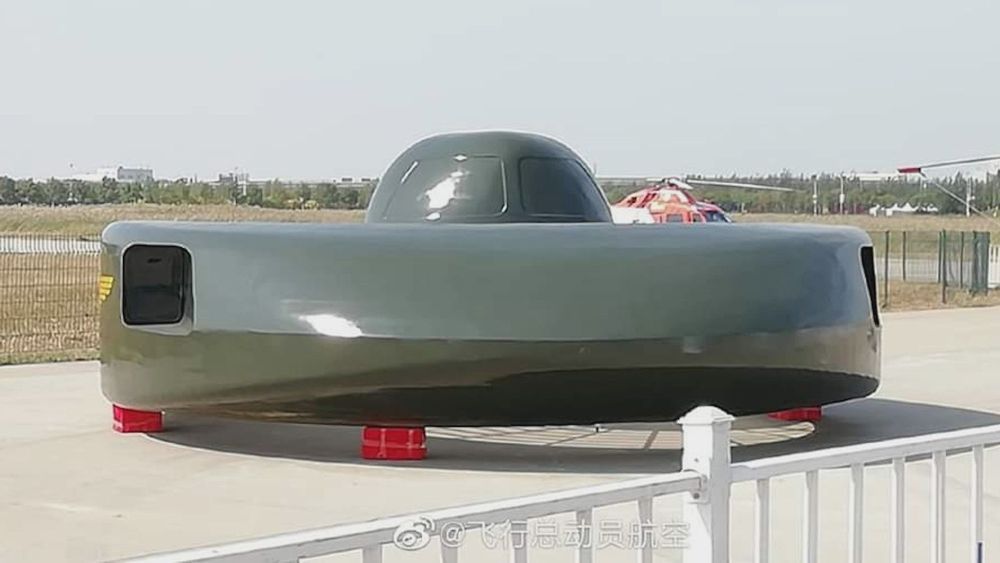Apr 30, 2020
Artificial Intelligence Outperforms Human Intel Analysts In a Key Area
Posted by TJ Wass in categories: military, robotics/AI
The Pentagon has created top secret military artificial intelligence that has a higher intellect than humans.
A Defense Intelligence Agency experiment shows AI and humans have different risk tolerances when data is scarce.
In the 1983 movie WarGames, the world is brought to the edge of nuclear destruction when a military computer using artificial intelligence interprets false data as an imminent Soviet missile strike. Its human overseers in the Defense Department, unsure whether the data is real, can’t convince the AI that it may be wrong. A recent finding from the Defense Intelligence Agency, or DIA, suggests that in a real situation where humans and AI were looking at enemy activity, those positions would be reversed.
Continue reading “Artificial Intelligence Outperforms Human Intel Analysts In a Key Area” »


















